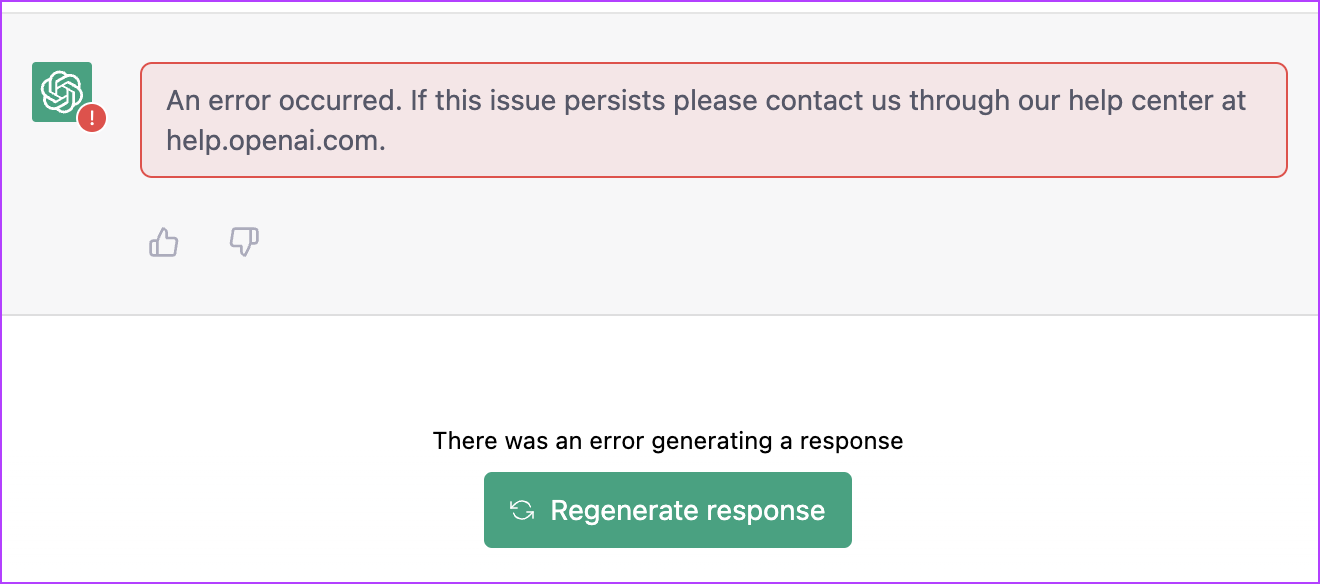The arrival of Google’s new Bard AI assistant sparked my curiosity and a desire to explore its capabilities in depth. As an avid writer and technology enthusiast, I welcomed the chance to converse with this intriguing new AI system and understand the meanings behind its unique name, its technical foundations, and its potential as a creative collaborator and digital assistant.
What Lies Within a Name, Bard?
At first glance, the name Bard evokes associations with the legendary William Shakespeare, who was often referred to as the “Bard of Avon” due to his works being set in and around Stratford-upon-Avon. This literary reference seems an apt choice by Google to highlight Bard’s affiliation with language, storytelling, and creative expression. But the name also signifies so much more about the AI’s aspirations. By labeling their assistant Bard, Google aims to imbue it with a sense of artistry, eloquence, and authentic self-expression across diverse mediums. The name points to lofty ambitions for this AI to craft compelling narratives and unlock meaningful insights.

The Power Behind the Words
Technically, Bard’s conversational abilities stem from LaMDA, Google’s Language Model for Dialogue Applications. LaMDA enables Bard to comprehend users’ intents, draw connections across its training data, and formulate thoughtful, knowledgeable responses. My initial exchanges with Bard revealed LaMDA’s influence through our smooth, coherent discussions. But I wondered just how far this fusion of name and model could push the envelope on complex conversational tasks.
A Creative Collaborator
Google touts Bard as a versatile AI writing partner, listing fictional genres it can potentially co-author, from sci-fi to comedy. This provoked my imagination with ideas for stories, poems, and other literary projects we could undertake together. I was eager to test the authenticity and originality of Bard’s creative output compared to a typical AI. Could our collaboration lead to works that feel truly inspired? The writer in me saw great promise in partnering with an AI like Bard.
More Than an Assistant
While touted as a creative tool, Bard also aims to serve as an informational assistant that can answer questions and offer recommendations just as traditional virtual assistants do. But I wondered if it could push past factual responses and converse insightfully on a wide array of topics, exhibiting the dialogue finesse of another person. Our upcoming exchanges would reveal whether human and machine could combine strengths for more enriching shared experiences.
As I prepared to converse with Google’s Bard AI, its name and capabilities suggested great potential while raising intriguing questions about the artistry, knowledge and understanding an AI assistant can attain. I looked forward to unraveling its mysteries firsthand.






